Types and details of table tennis bat rubbers
Introduction
Table tennis bat rubbers are available in a diverse array of types, with each variant meticulously crafted to cater to a wide spectrum of playing styles and individual player preferences. Each rubber variation embodies distinct characteristics tailored to meet the nuanced demands of players, ensuring that every aspect of the game can be finely tuned to maximize performance and enjoyment on the table tennis court. Here are the main types of table tennis bat rubbers along with their key details:



If you want to categorize based on stickiness:

There are different types of tackiness for table tennis rubbers, each designed to meet various playing styles and player preferences. These types include:
-
High Tackiness: This type of rubber is very sticky, creating a strong surface adhesion effect that allows players to generate more spin and control.
-
Medium Tackiness: Medium tackiness rubbers have slightly lower adhesion effects but still provide sufficient spin and control.
-
Low Tackiness: Rubbers with low tackiness have weaker adhesion effects, emphasizing speed and elasticity, making them suitable for players who pursue fast attacks.

-
Non-Tacky: Rubbers of this type have almost no adhesion, with smooth surfaces that prioritize speed and elasticity.
-
Special Treatment: Some rubbers undergo special treatments, such as adding special coatings or using new materials, to produce unique performance characteristics such as prolonged adhesion, increased spin, or improved durability.
When selecting a table tennis bat rubber, players should consider factors such as their playing style, preferred level of spin, speed, and control, as well as the characteristics of their opponent's playing style. Testing different rubbers can help players find the combination that best suits their needs and preferences.
Thanks for watching,If you want more interesting sports trivia, bookmark our site!



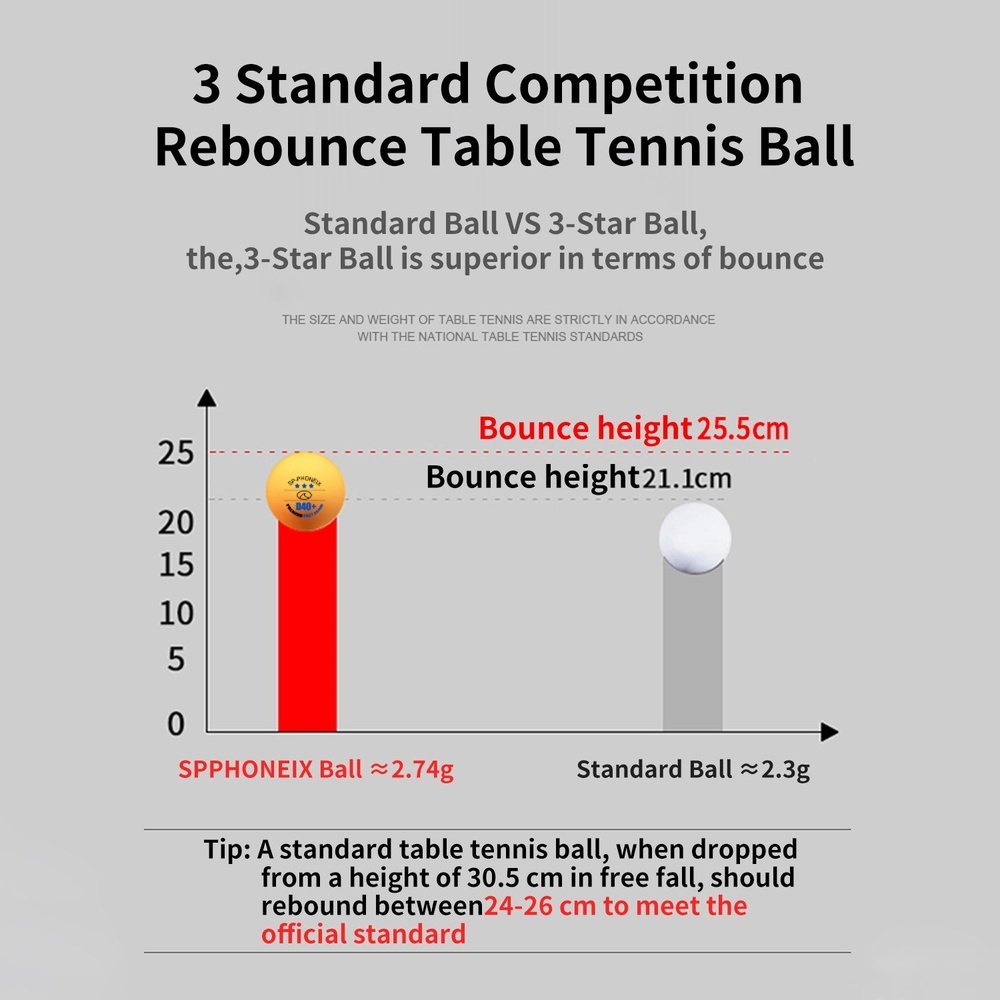

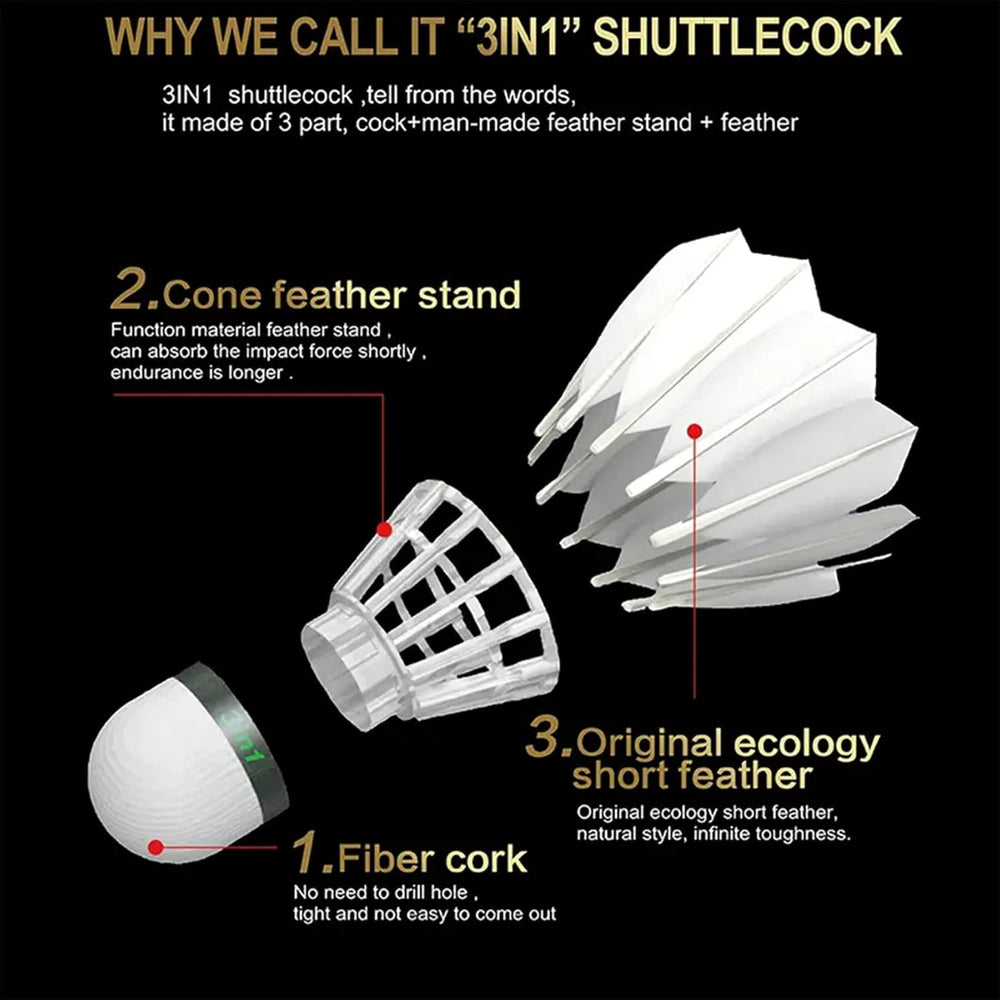
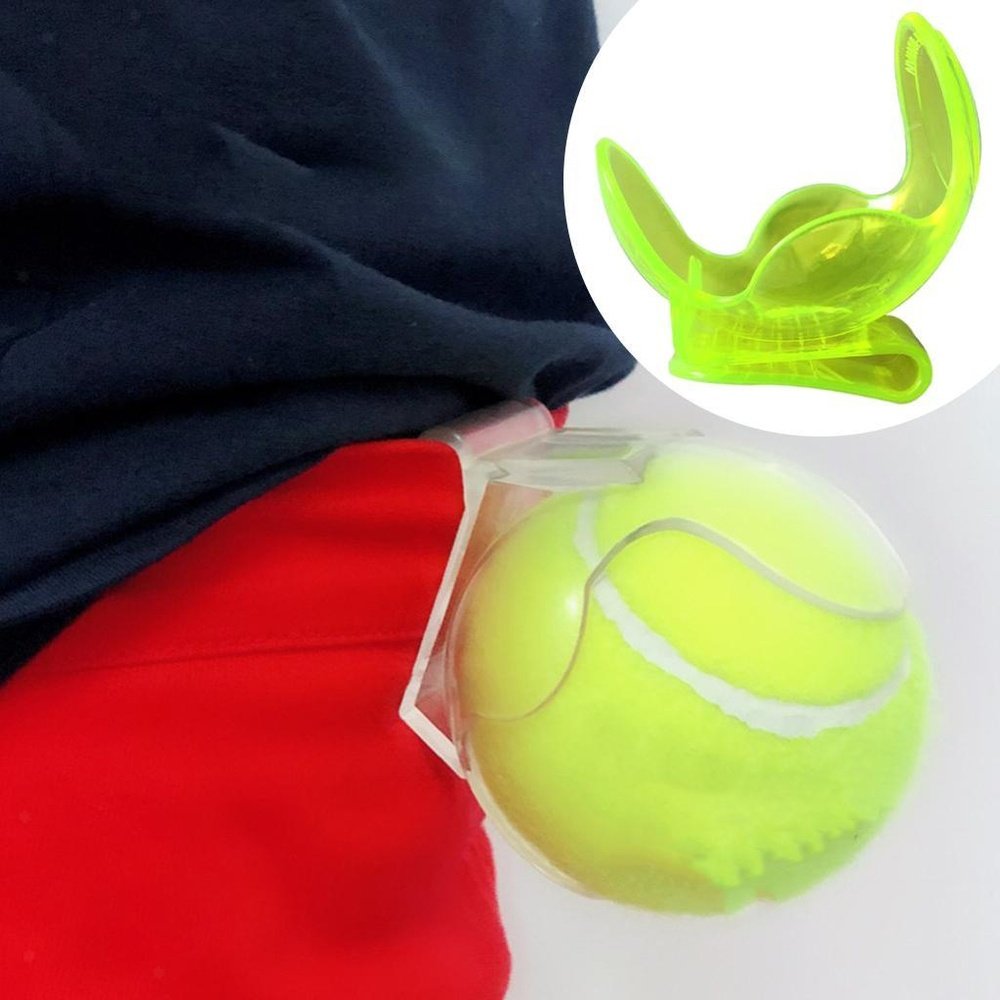

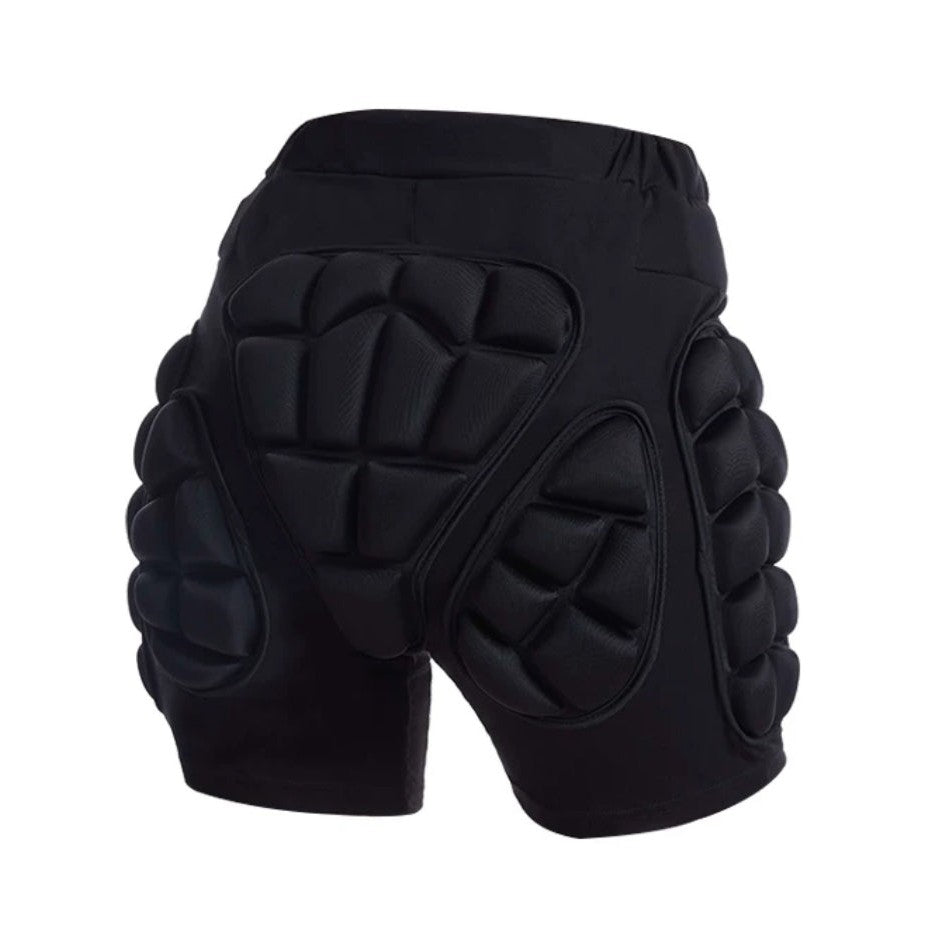






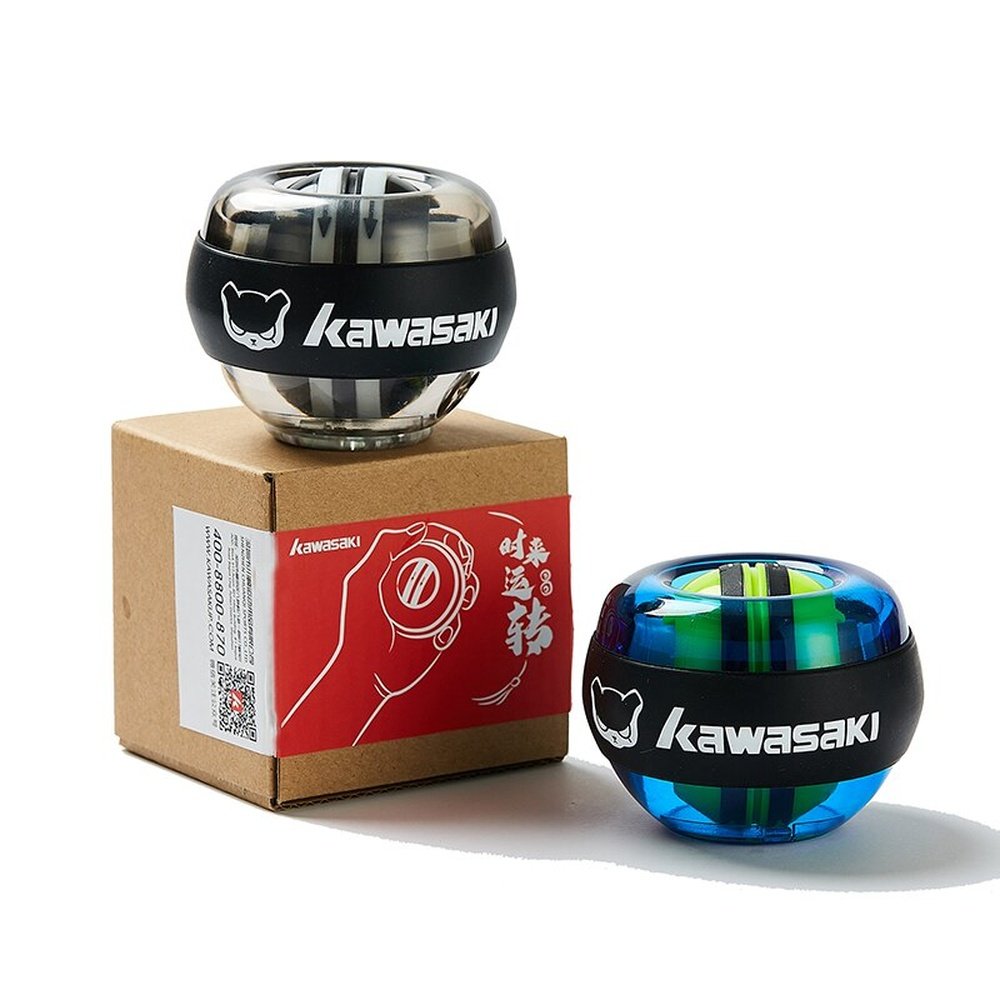



Leave a comment